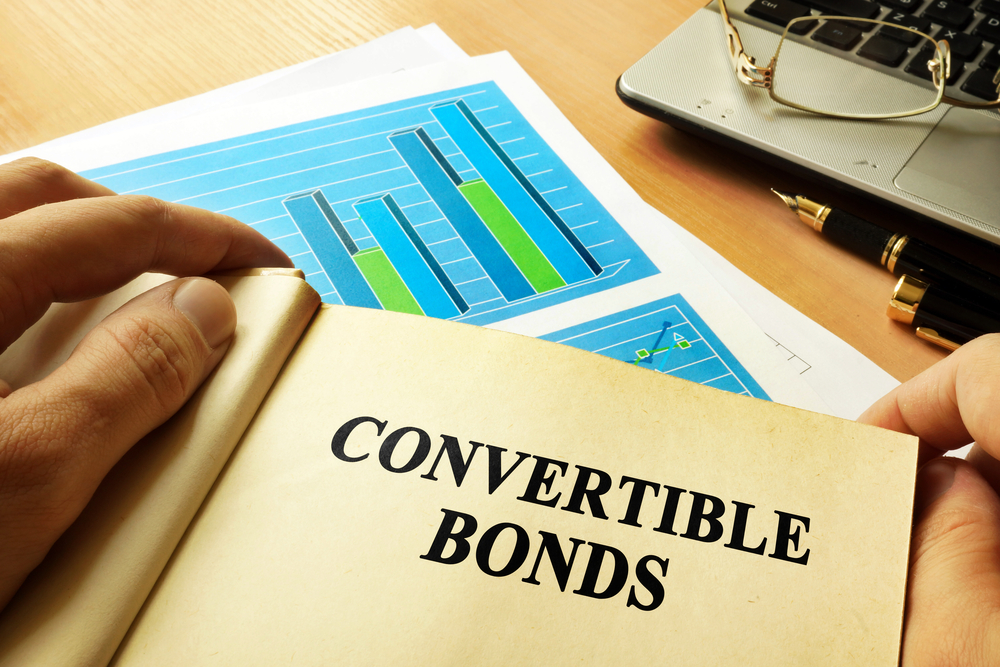It’s an uncertain time.
We’re in the early stages of what looks to be a contentious election season…
Interest rates are high…
And we’re entering what could be a rough fourth quarter for the stock market.
So it’s normal that investors are wondering whether the stock market is the best place to stash their hard-earned cash.
There aren’t many great alternatives. If you sell your stocks and go to cash, you make next to nothing in interest while inflation gobbles up your savings.
And then if the market turns around, you’re sitting on the sidelines. And let’s be honest, most investors won’t get back in until prices are much higher because the drop will still be fresh in their minds. Those wounds take a while to heal.
History shows that, time and time again, investors arrive very late to the party, getting back into the market after it has already climbed considerably from the lows.
Fortunately, there’s a way to greatly reduce your risk without sacrificing the upside of a stock…
And the thing is, few advisors – and no discount brokers – ever talk about this type of investment. The financial media won’t tell you about it either.
I’m talking about convertible bonds.
You may be thinking, “Convertible bonds? Sounds boring and complicated.”
I don’t know about you, but I consider a high degree of safety and the chance to grow my money by several hundred percent the opposite of boring. And it’s not as complex as you may think.
Convertible bonds are bonds that can be converted into stock at the owner’s request.
Here’s why that’s exciting…
Bonds are safer than stocks. Much safer.
Stocks will rise and fall depending on the underlying company’s fundamentals, the overall market, the associated sector’s performance and other factors. When you want to sell the stock, if it’s higher than what you bought it for, you make money. If it’s lower, you lose money. If the company struggles, you could lose a lot of money.
The price of a bond also fluctuates, but it really doesn’t matter. Because when you buy a bond, you typically plan to hold it until maturity. You can always sell it for a profit if you get the opportunity, of course. But regardless of what happens with the bond’s price, at maturity, the bond will pay you par value, which is usually $1,000.
So if you buy a bond for $1,000, you will get your $1,000 back at maturity – after having collected interest payments while you held the bond. If you buy the bond for $900, you will receive $1,000 at maturity. If you pay $1,100, you’ll receive $1,000. This is why I recommend that you buy most bonds at $1,000 or lower, though there are exceptions.
The company’s earnings could stink and the CEO could be a dirtbag, but as long as the company doesn’t go bankrupt, you’ll get your $1,000 back – again, after having collected interest along the way.
Here’s where convertible bonds get interesting. With these unique securities, you get all of the safety features of a bond that I just described… but at your request, the bond can be converted into a predetermined number of shares for a predetermined price.
Let’s say you pay $1,000 for a convertible bond that matures in December 2025, pays 4% annual interest and converts to 20 shares of stock for $50 a share.
And let’s say that the convertible bond’s associated stock is trading for $40. With shares at $40, you obviously won’t convert the bond to stock because you could buy the stock on the open market for less than the $50 conversion price.
So instead you hold the bond and collect your 4% annual interest.
Now let’s say that when March 2024 comes around, the stock is trading at $100. You still have the option to convert your bond into 20 shares of stock. If you do, you’ll own $2,000 worth of stock ($100 per share times 20 shares), for which you paid just $1,000.
With convertible bonds, the bond price typically moves in tandem with the share price. So even if you don’t convert to the stock, the bond price will be sharply higher because of the $100 stock price, so you could sell the bond for a profit without converting.
On the flip side, if in our hypothetical example the stock never rose above $50, you could still collect the bond’s 4% interest until maturity and get your $1,000 back.
Convertible bonds give you all of the upside of stocks and all of the safety of bonds. They are the perfect investment for uncertain times like these.
